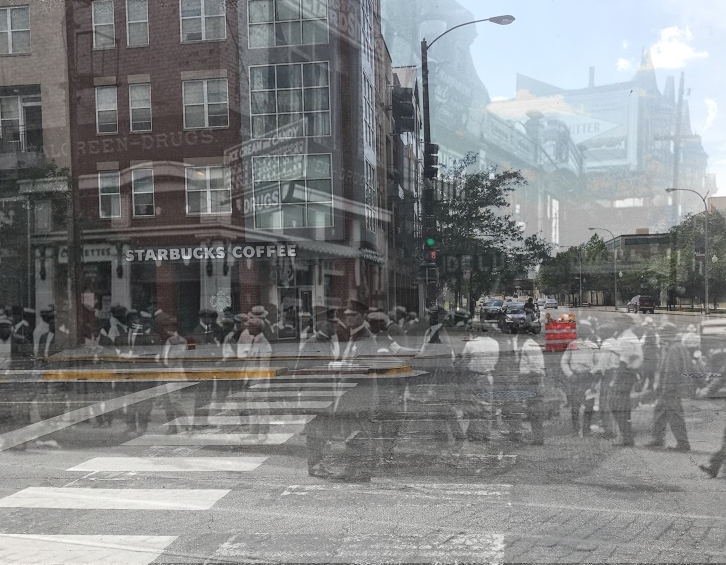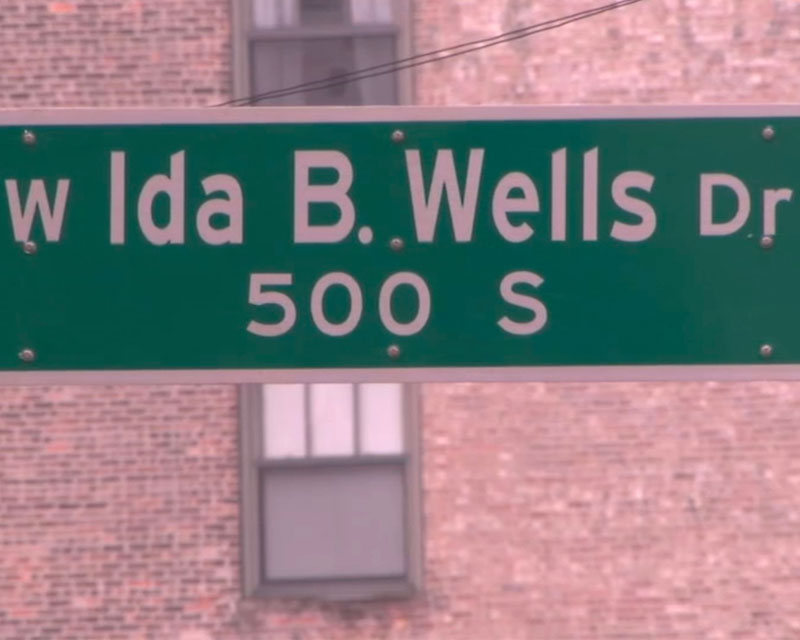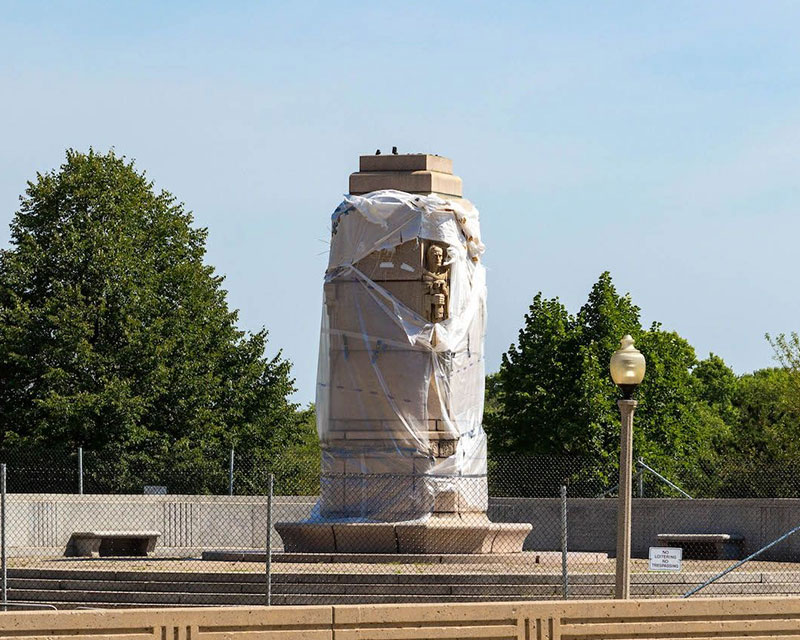Introduction
The Great Migration
The Race Riot of 1919
Aftermath and Legacies
Why It Matters Today
Historical Photos
Why It Matters Today
Commemoration

For decades, the lack of commemoration and public memory has obscured the riot’s legacies and prevented repair. Perhaps the City’s leaders, overwhelmingly white, mistakenly hoped forgetting would lead to healing. In the riot’s aftermath, and through the present, it proved easier for white people to “forget” than to make amends. The suppression of memories of the riot and others like it around the country have resulted in confusion, denial, hate, shame, and trauma. Now, more than one hundred years later, local and national communities are ready for change.


There is growing civic and community readiness for a public project to commemorate the 1919 Chicago Race Riot and those killed. The past few years have seen the removal of Confederate monuments across the country. In 2019, Ida B. Wells became the first Black woman to have a street named after her in downtown Chicago. On July 29th, 2019, Mayor Lightfoot held a commemorative event to reflect on the riot, recognize the lives lost, and discuss the resulting multi-generational impact on the Black community. The City hired Facing History & Ourselves to develop curriculum on the 1919 Chicago Race Riot and Red Summer for Chicago Public Schools. CRR19 also assisted in this initiative.
In August 2020, protestors successfully secured the removal of the Christopher Columbus statue from the city’s Grant Park and the Chicago Park District announced it would change the name of Douglas Park (named for US Senator Stephen Douglas, the enslaver of more than a hundred African-Americans) to Douglass Park (for Frederick Douglass, the legendary 19th century Black leader). The city created a new Office of Equity and Racial Justice, tasked with examining the impacts of systemic racism. Most recently, the city launched the Chicago Monuments Project to review the city’s collection of monuments and develop a framework for memorializing Chicago’s history more equitably and accurately.
The Chicago Race Riot of 1919 Commemoration Project seeks to create chances for more, and more challenging, discussions about race and racism. We raise awareness about the worst incident of racial violence in Chicago’s history by installing artistic markers at every location someone was killed. Through public art, tours, our website, and community events we strive for racial healing and truth, with an emphasis on serving the communities most directly impacted by the riot.

Activism
Communities are working for racial justice in Chicago and across the country. National movements including Black Lives Matter and local organizers have led the way, from actions like the summer 2020 uprisings to seeking justice for Rekia Boyd, Laquan McDonald, Sandra Bland, Adam Toledo, and other Chicagoans murdered by police. In 2015, the Chicago City Council voted for reparations for the 118 torture victims of police detective and commander Jon Burge and his task force of officers, the result of a long campaign led most recently by the Chicago Torture Justice Memorials. The “Reparations Won” project includes a $5.5 million settlement for victims and the creation of a mandatory history curriculum on the Burge case and larger history of police misconduct for Chicago Public Schools. Work for change continues across the city, from violence prevention to organizing mutual aid in the coronavirus pandemic.
The Chicago Race Riot of 1919 Commemoration Project is proud to work with our community partners:
Greater Bronzeville Community Action Council
Illinois Institute for Technology, Office of Community Affairs
Illinois State Convention of the National Association for the Advancement of Colored People (NAACP)